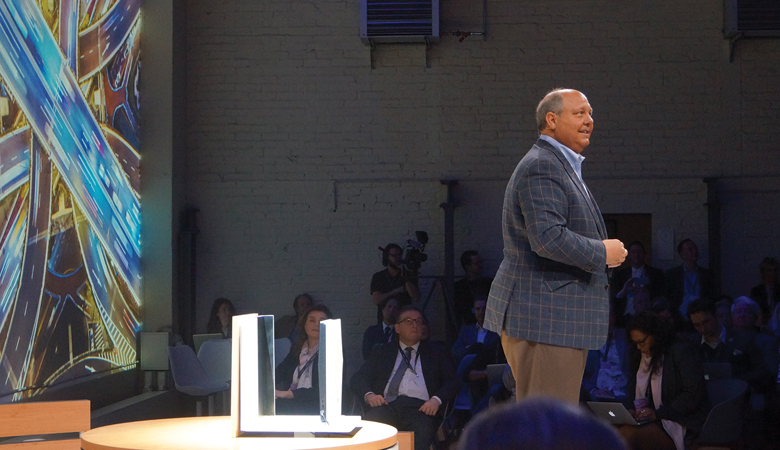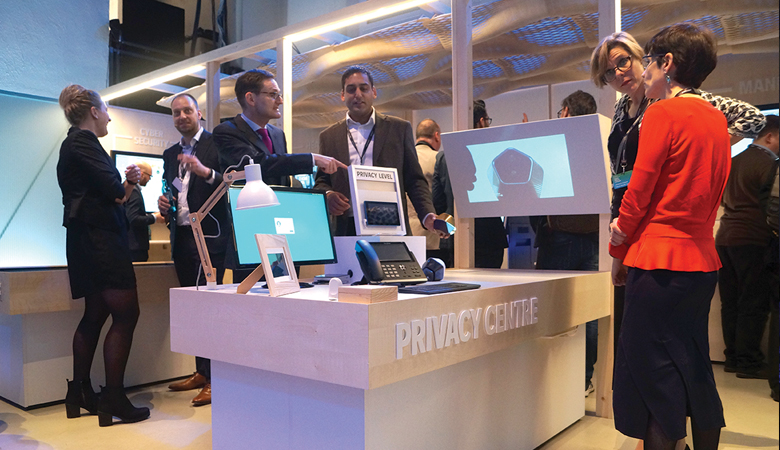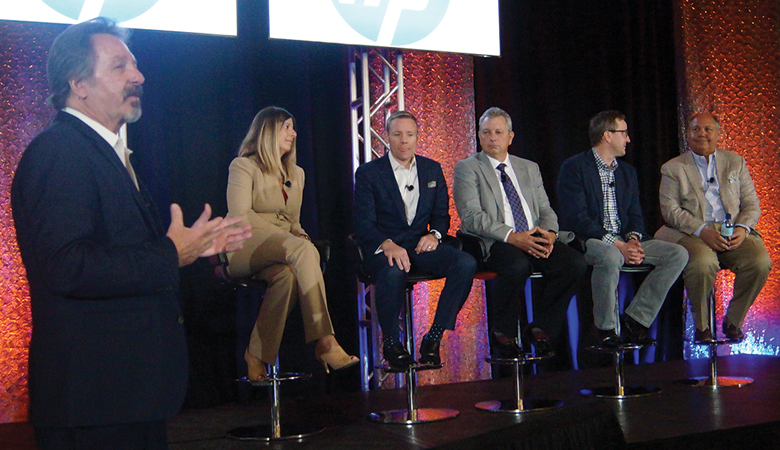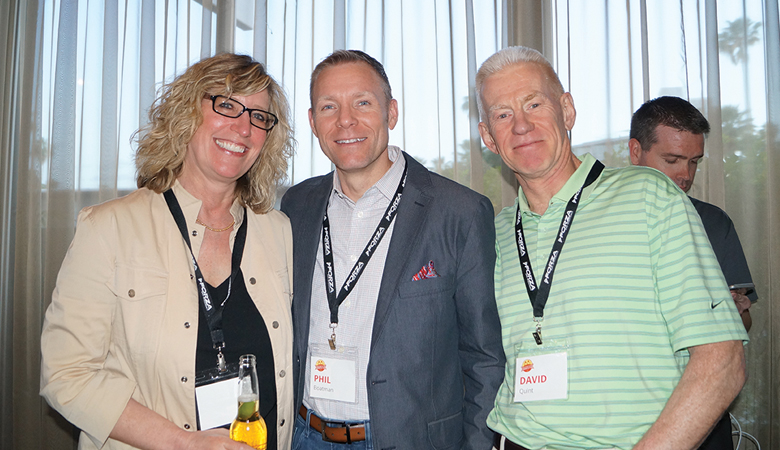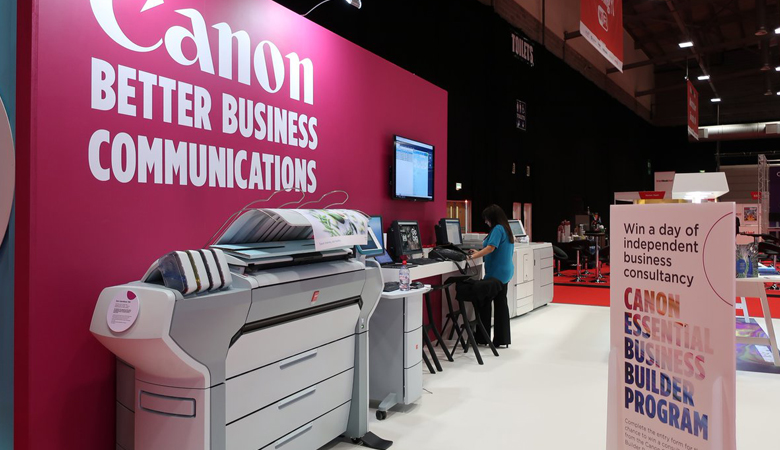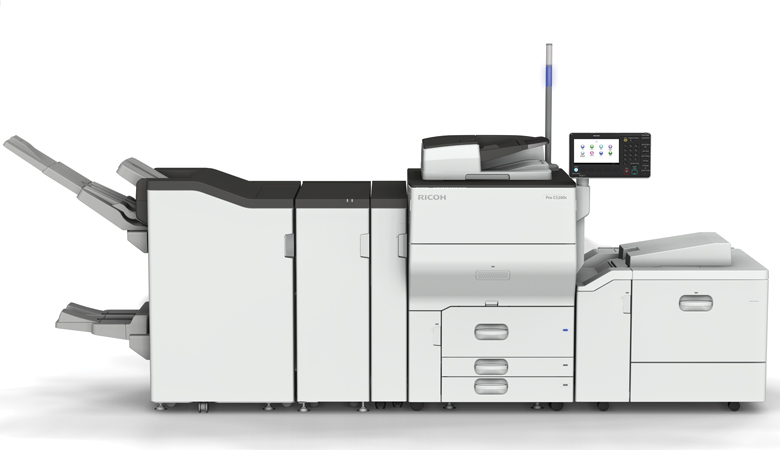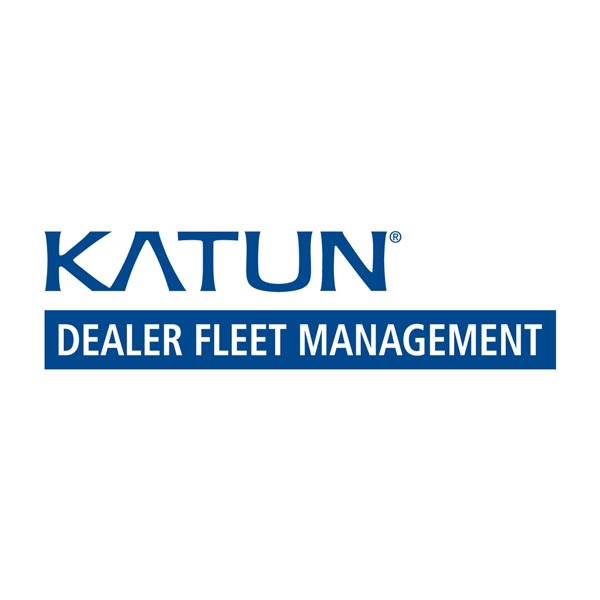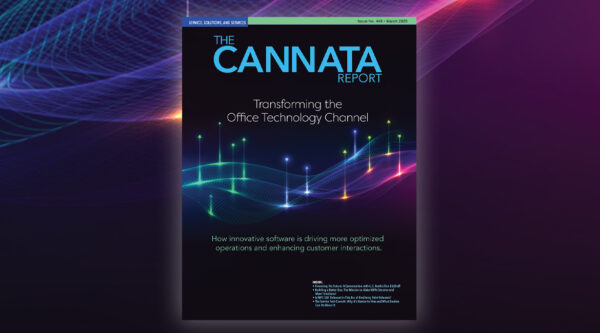As MPS becomes increasingly commoditized and print volumes spiral downward, seat-based billing offers an opportunity to maintain MPS margins and offset the decline in printed pages.
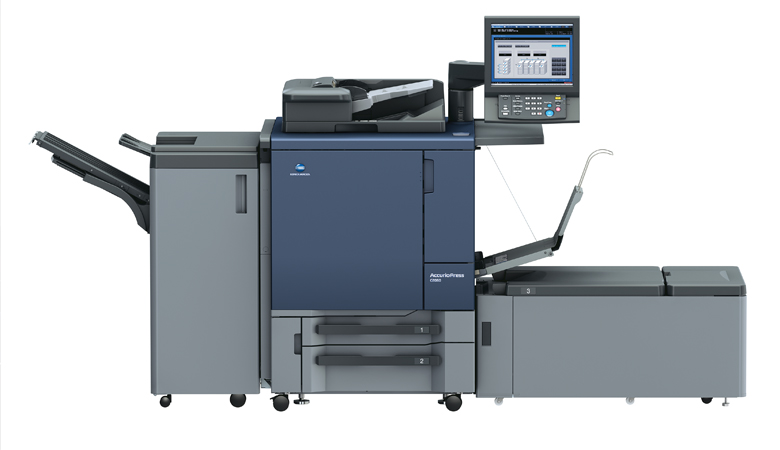 With MPS margins challenged by commoditization and print volumes on the decline, one might think there’s little incentive to offer MPS. But not so fast, there’s an alternative billing option that has the potential to breathe new life in MPS while also protecting dealers against declining print volumes. It’s called seat-based billing (SBB), and while it’s more common in the IT services world, it’s now being retrofitted for the print world.
With MPS margins challenged by commoditization and print volumes on the decline, one might think there’s little incentive to offer MPS. But not so fast, there’s an alternative billing option that has the potential to breathe new life in MPS while also protecting dealers against declining print volumes. It’s called seat-based billing (SBB), and while it’s more common in the IT services world, it’s now being retrofitted for the print world.
SBB is still a new concept for most traditional business technology dealers. That could be changing as SBB has become a topic of discussion at industry events such as the BTA regional conferences, ITEX, and even the most recent CDA dealer meeting.
As the office technology dealer community struggles to wrap its arms around SBB, some print service and IT services companies have already embraced it. Even though they have different business models than a traditional office technology dealer, their experiences offer useful lessons as to how to convert customers to SBB.
Harris Technologies, Inc., a St. Louis, Missouri-based IT services company with clients all around the country, hasn’t had much difficulty converting its MPS customers to a SBB model. For environments where customers want to print less, SBB has been a gift, simplifying billing and aligning the goals of the customer with Harris’s as opposed to flat rate and CPP billing.
“When there’s a relationship where I bill you the cost per cartridge or cost per page I’m really hoping you print more than you did last year,” stated Ben Harris, president of Harris Technologies. “Even though I’m a good steward and good business partner and want to help you as much as I can, the onus of responsibility to [print less] is on you the customer.”
He added, there’s no incentive for the MPS provider to do that under other billing models because it goes against what the provider is being paid to do.
“When we switched to a SBB method, not only is it very “˜budgetable’ for the client, but it better aligns our goals,” maintained Harris. “Now more than ever I want those page volumes to go down and my hope is those page volumes go down faster than the savings I promised.”
The secret, at least in Harris’s estimation, of converting clients to a SBB model is in the presentation, confidence in the model, and having a trusted relationship with those clients. For Harris, those tend to be large enterprise customers, but the same principles apply to small and mid-size organizations as well.
“Instead of telling them we have this entire menu of all these different options, we tell them we’re the experts at this and we’ve looked at all the different [billing methods] and this is how we do it,” explained Harris.
When his team presents that kind of authoritative confidence, very seldom does Harris run across a client who turns down the SBB option.
Harris claims his biggest competitor, at least within his client’s organizations, is the status quo. But that’s not the only competition.
While Harris’s enterprise customers are rarely called on by copier dealers or IT Service providers, they are being targeted by the OEM’s direct operations. There’s a lesson that traditional office technology dealers can learn from Harris about competing against direct operations for MPS contracts even though the dealer may not like it.
“We have designed our attack specifically against the OEM’s MPS model, which is rip and replace and “˜How do we get them to buy new equipment?'” explained Harris. “They’re making hardware recommendations based on quotas rather than analysis and need, so when we come to them as a brand agnostic solution that can manage all the different devices in their environment, they like the way that sounds.”
The next obstacle Harris must overcome as a smaller company is when the client asks, “Are you big enough to handle us; we’re used to dealing with multi-billion companies?”
Harris’s sales reps know exactly how to respond.
“We have references and case studies, and we explain to them that whenever you’re doing business with a [multi-million-dollar] organization the reality is there’s probably 10 people that manage your account. It’s not like you’re going to have 44,000 working for you. We have that same kind of feel in terms of your local device, but I will say you mean a lot more to me than you ever will to them.”
And that’s how one MPS provider is adopting the SBB model to save his MPS business.


